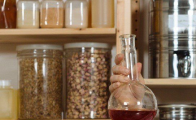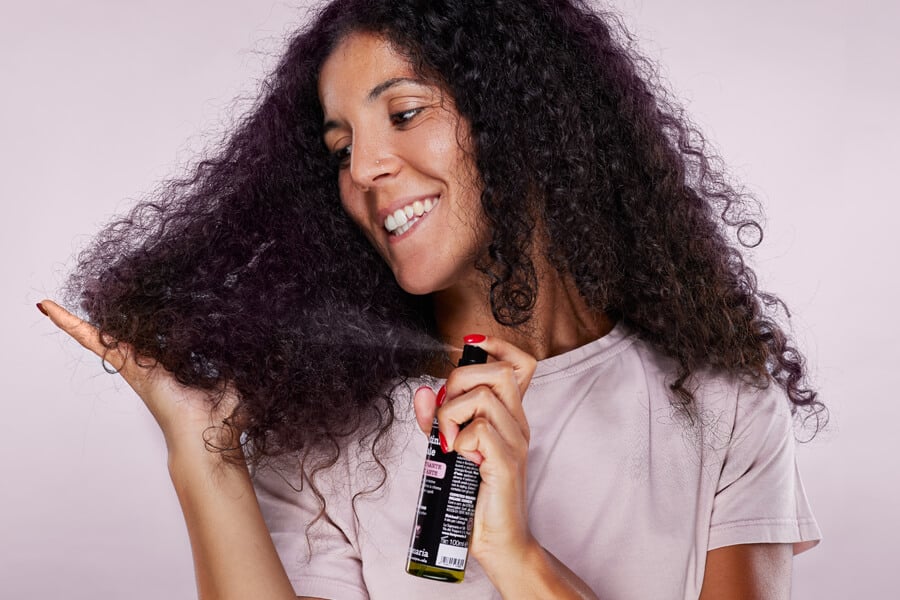
The insights of La Saponaria
What should the perfect natural deodorant look like? Certainly without alcohol or aluminium salts, with a certified organic and sustainable formula that is good for the skin and also good for the environment. And then it must be zero waste and plastic free. Biodeo roll-on refills are the solution for those who love liquid textures and don't want to give up the convenience of roll-on and want to say goodbye to disposable bottles forever.
They have arrived to astonish and conquer even the most difficult souls: these are the fantastic Biodeo roll-on refills, natural and organic liquid deodorants that are applied with a roll-on applicator, but have no disposable bottles! The idea behind it is as simple as it is ingenious: instead of throwing away the bottle every time, we use the same fantastic roll-on applicator. Simple to use, compact, cute and very durable, it will be able to accompany us on all the adventures of our lives. Every time we finish our deodorant, simply unscrew the cap, fill the applicator with the new Biodeo and there you go!
Sunscreen products are the summer cosmetics par excellence and are a must for every home in the summer season - and especially for every beach bag. Along with responsible exposure to the sun, sunscreen helps us to protect our skin from the ultraviolet radiation emitted by the sun.
In summer, entering any business that deals with health and beauty, you can not fail to be impressed by the wide range of solar: between hyperbolic claims and mysterious acronyms, Choosing the right protection for our needs could be a more difficult task than expected!
The smile is our first business card and we all want it to be healthy and our oral hygiene plays a crucial role in this. During our daily tooth cleaning routine, one of the most common ingredients we encounter in conventional toothpastes is fluoride. But should you choose toothpaste without fluoride? Let’s see why and also what are the natural alternatives.
Spots on the face: how they form? Why is it important to prevent them? And, above all, can we do something to minimize and eliminate those already present on our face?
Natural hair dye without ammonia: discover your most beautiful hair ever
The arrival of white hair or the desire to change our natural color leads us to embrace the world of dyes that can be of various kinds: often we find them based on ammonia and after some application we see hair turned off and emptied. Are there effective natural dyes without ammonia? Yes! In this article we see which ones to choose and why!
Anyone who wants to have beautiful, healthy and shiny hair but the arrival of the first white hair or the desire to change its natural color makes us arrive at the complex world of dyes: there are of course different types of hair dyes, but if we do not choose the one that best suits our hair the result can be to see our hair turned off and emptied. Here’s what we’ll talk about in this article:
Tanning brings with it certain risks for the skin, including the formation of sun spots and wrinkles. Often on returning from holiday, it is easy to notice small discolourations of the skin, particularly on the face. In this short guide we therefore see what advice we have for choosing the best anti-spot and anti-wrinkle cream for our face, thus combating UV damage.
The causes of skin aging
Chronological aging proceeds according to a predetermined program at the genetic level, because it is a natural process of senescence (aging) of cells.









































